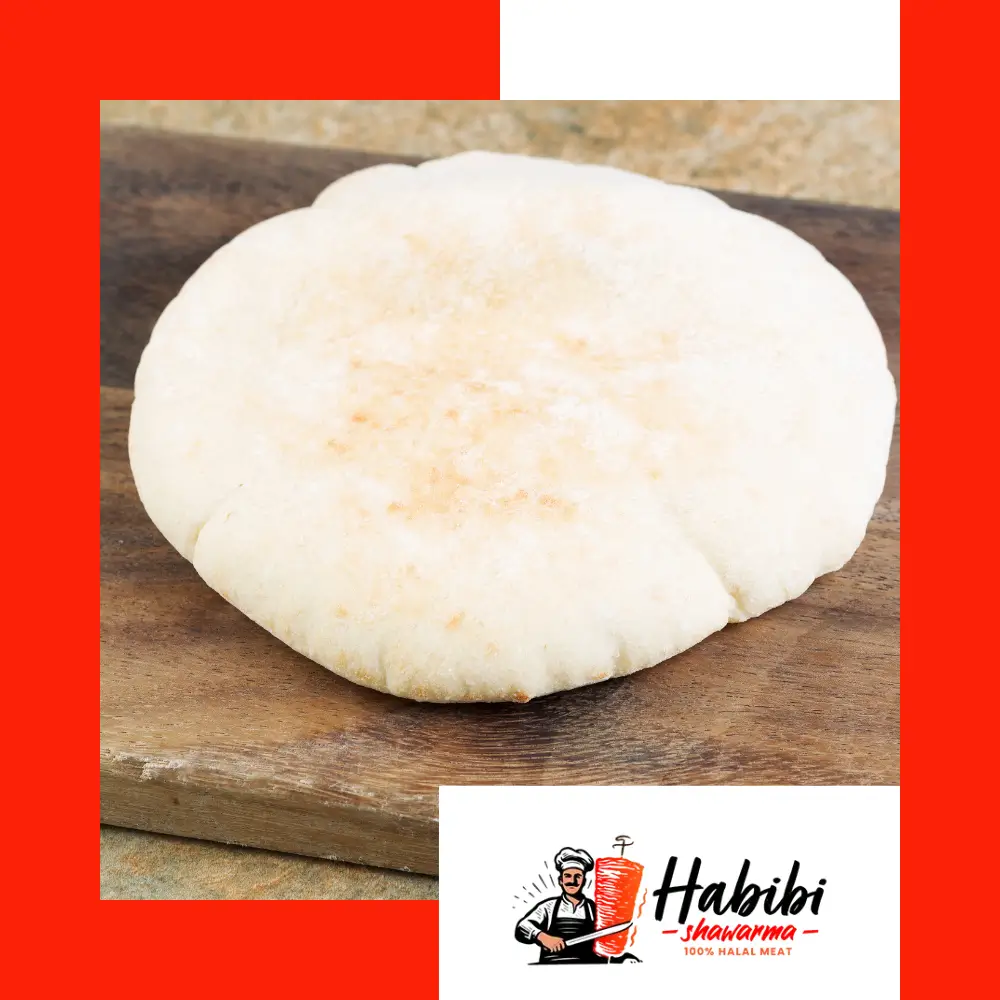Pita bread, a cornerstone of Mediterranean cuisine, holds a cherished place in kitchens and hearts across the region. Its simplicity and versatility have made it an essential part of daily meals and festive occasions. This article explores how pita bread shapes Mediterranean cuisine and reflects the region’s rich cultural heritage.
The Historical Roots of Pita Bread in the Mediterranean
Pita bread’s origins can be traced back thousands of years, with early versions appearing in ancient Egypt and Mesopotamia. Its introduction to the Mediterranean was a natural evolution, where the bread became a staple due to its adaptability and ease of preparation. Over time, pita bread came to symbolize sustenance and community in Mediterranean culture.
Pita Bread as a Culinary Staple
In Mediterranean cuisine, pita bread is more than just an accompaniment; it is an integral component of many dishes. Its soft, foldable structure makes it ideal for wraps, such as gyros and shawarma, while its pocket feature is perfect for stuffing with falafel, vegetables, or savory sauces. This adaptability highlights its role as a culinary canvas.
Cultural Significance of Pita Bread
Beyond its practical uses, pita bread symbolizes hospitality and togetherness in Mediterranean culture. Serving pita bread with dishes like hummus, tzatziki, and baba ghanoush during gatherings fosters a sense of sharing and connection. This tradition underscores the communal spirit that defines Mediterranean dining.
Regional Variations of Pita Bread
Across the Mediterranean, pita bread takes on unique forms and flavors. In Greece, it is often served thicker and more robust, while in the Levant, thinner, softer versions dominate. These regional differences reflect the diverse culinary landscapes of the Mediterranean while maintaining the bread’s essential character.
Modern Innovations in Pita Bread
Today, pita bread continues to evolve to meet modern tastes and dietary preferences. From whole-grain and gluten-free options to flavored varieties with herbs and spices, contemporary adaptations keep pita bread relevant in a changing culinary world. Despite these innovations, its cultural roots remain firmly intact.
READ MORE:
Cultural Significance of Pita Bread: Why It’s More Than Just a Flatbread

